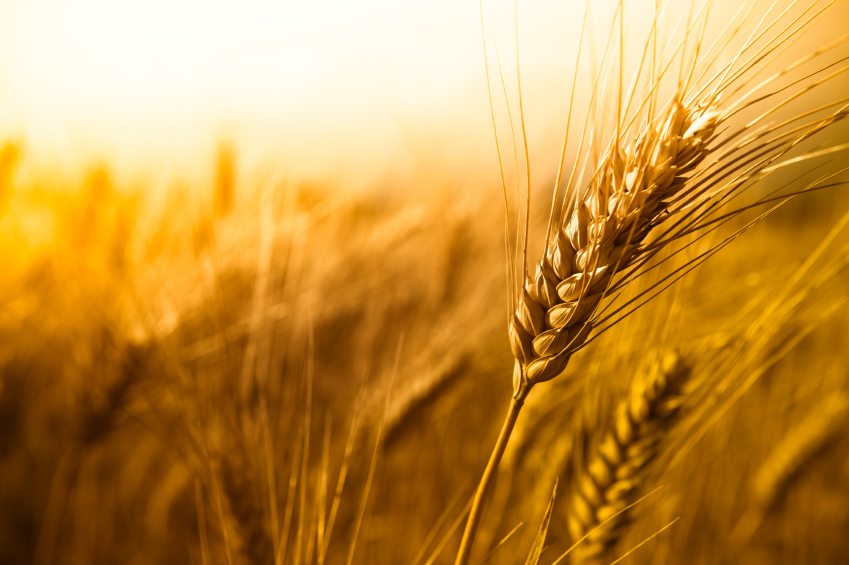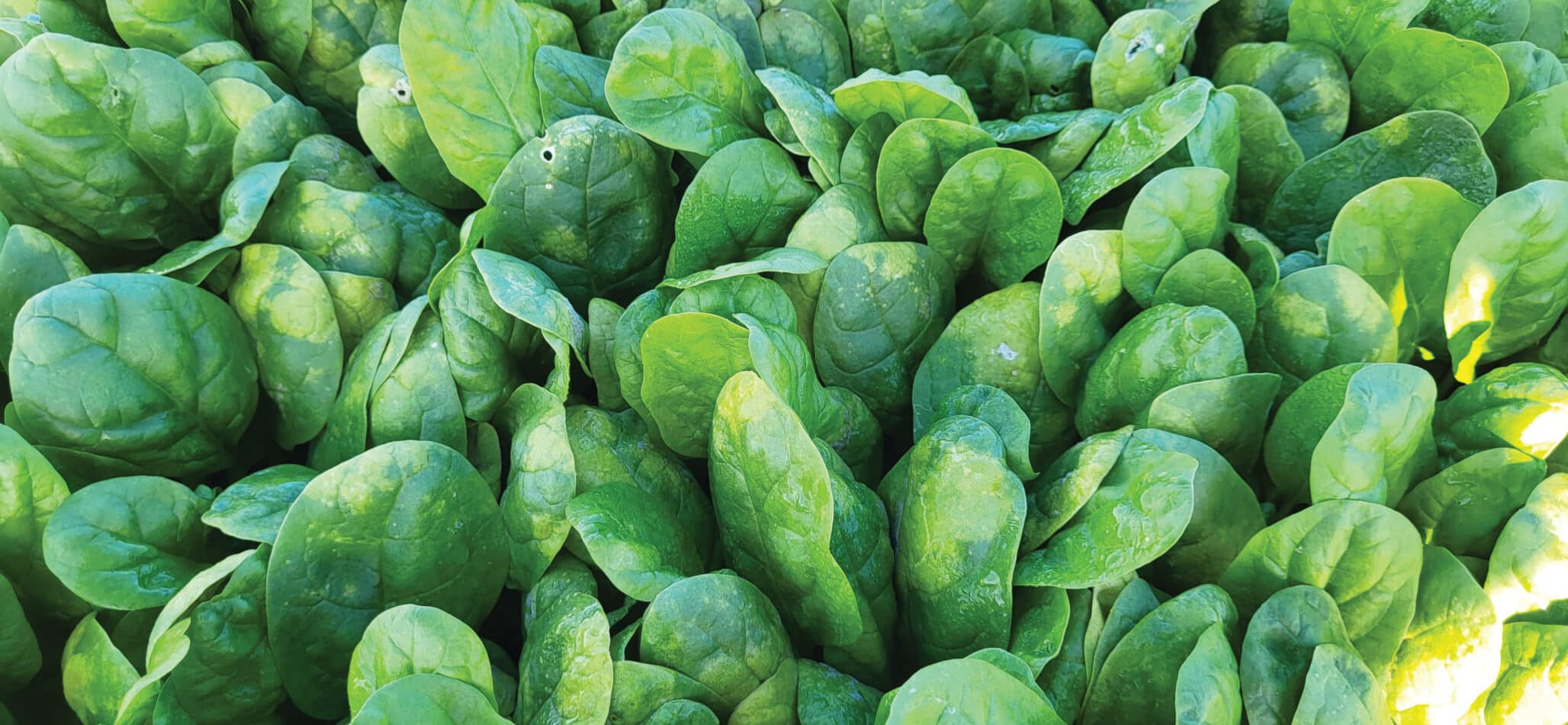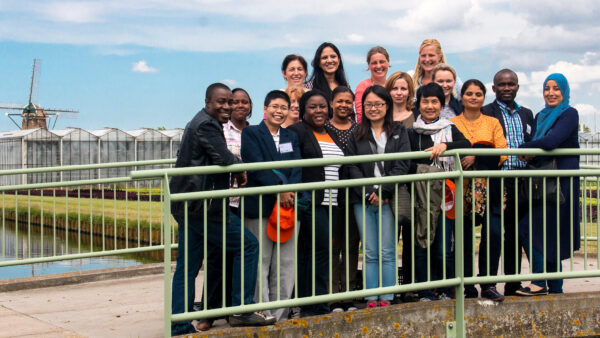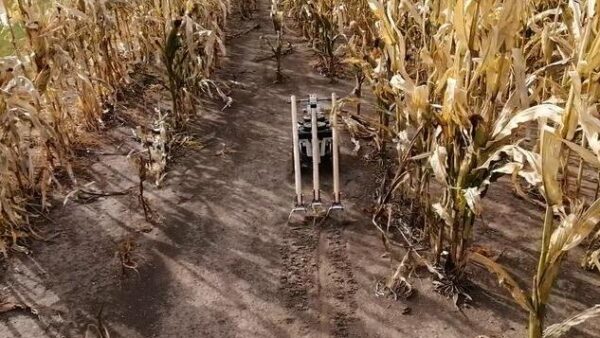Scientists have sequenced and described a gene that can help wheat to resist four serious fungal diseases, potentially saving billions of dollars in yearly grain losses and reducing the need for farmers to use costly fungicides, once the gene is bred into high-yielding varieties.
A global research team isolated the wheat gene Lr67, revealing how it hampers fungal pathogen growth through a novel mechanism.
The study, which was published in Nature Genetics on 9 November,* involved scientists from the International Maize and Wheat Improvement Center (CIMMYT), the Chinese Academy of Agricultural Sciences, Mexico’s National Institute of Forestry, Agriculture, and Livestock Research (INIFAP), the Norwegian University of Life Sciences and scientists from Australia, including the Commonwealth Scientific and Industrial Research Organisation (CSIRO), the University of Newcastle, and the University of Sydney.
“With climate change and more intensive cropping, we’ve observed the emergence and rapid spread of new, highly-virulent strains of various fungi that are able to overcome the genetic resistance in today’s widely-sown wheat varieties,” said Ravi Singh, CIMMYT distinguished scientist, wheat breeder, and co-author of the new study. “The worst are the three wheat rust diseases, which cause grain losses worldwide estimated at $2.9 billion every year.”
Lr67 belongs to a group of three currently-known “magic” genes that help wheat to resist all three wheat rusts and powdery mildew, a disease that attacks wheat in humid temperate regions, Singh said. The genes act in different ways but all slow — rather than totally stopping — disease development. When combined with other such partial resistance genes through breeding, they provide a strong, longer-lasting protection for plants, boosting food security.
“Another type of commonly-used gene, known as a ‘major-action gene,’ completely blocks diseases by triggering the death of cells around infection sites,” Singh explained. “Although apparently powerful, these genes are easily overcome by a single mutation in the pathogen and their resistance typically lasts only three to five years.”
Breakdowns in the resistance of popular wheat varieties can lead to massive, catastrophic disease outbreaks, such as the U.S. stem rust epidemics of the 1950s, or the yellow rust outbreak in Africa and Central Asia in 2009-10.
“In developing country wheat-growing regions, these epidemics bring hunger and economic hardship to resource-poor rural communities,” said Julio Huerta-Espino, principal researcher at INIFAP and a co-author of the Nature Genetics study. “They also require large-scale use of costly fungicides to avoid crop losses, and emergency initiatives to multiply and distribute seed of new, resistant varieties.”
For more than two decades CIMMYT has worked with advanced laboratories to identify “slow rusting,” partial resistance genes and cross them into high-yielding varieties, as part of the Australian Cereal Rusts Program, funded through the Grains Research & Development Corporation (GRDC).
For the present study, CIMMYT scientists created and field tested genetic mutations of Lr67, to pinpoint the gene’s exact location in the wheat genome. The cloned gene will be much easier to deploy widely in CIMMYT breeding lines, according to Singh.
“Developing country breeding programs worldwide depend on CIMMYT as a source of high-yielding, disease resistant wheat lines,” he said. “Those programs serve millions of smallholder farmers for whom wheat provides food security and livelihoods. Many cannot afford to buy fungicides to combat the rusts, and improper use of chemicals can pose a hazard to human health and the environment.”
About 70 percent of spring bread and durum wheat varieties released globally over the 20-year period between 1994 and 2014 were bred or are derived from wheat lines developed by scientists working for the 15-member CGIAR consortium of agricultural researchers, chiefly CIMMYT and the International Center for Agricultural Research in the Dry Areas (ICARDA), according to a recent study.
Efforts to develop wheat varieties that carry combinations of Lr67 and other genes and which provide strong, diverse, and more durable resistance to the rusts, including the dangerous Ug99 stem rust race group, have progressed under the Borlaug Global Rust Initiative led by Cornell University and funded by the Bill & Melinda Gates Foundation, the UK Department of International Development (DFID), and the Indian Council of Agricultural Research (ICAR).
“Varieties with this type of resistance can offer great relief to smallholder wheat farmers in Africa, Asia, and Latin America, where CIMMYT-derived varieties are grown on a large scale,” said Singh.
Hans Braun, director of CIMMYT’s global wheat program, said wheats carrying this type of resistance would be ideal for organic farming, and also sees great potential to develop genetic “cassettes” carrying cloned versions of several slow-rusting, multiple disease resistance genes, for easy insertion in wheat.
“The late Nobel Prize laureate and father of the Green Revolution, Dr. Norman Borlaug, used these types of genes from the beginning of his breeding program last century, recognizing their potential if not understanding their role,” said Braun. “Now, 65 years later, we are finally getting a grasp on how they work.”












